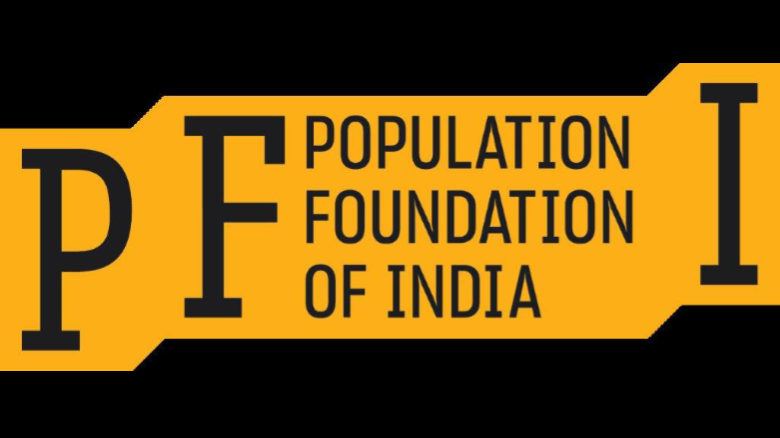
Population Foundation of India welcomes Finance Minister Nirmala Sitharaman’s recognition of the multifold challenges that have emerged as a result of the pandemic. The government acknowledged the effect of the pandemic on mental health and has announced the launch of a national tele-mental health programme, which will include a network of 23 tele-mental health centres. The initiative to provide supplementary education in regional languages for classes I to XII through E-Vidya to make up for the loss of learning during the pandemic is a promising step.
While we welcome the mention of the needs of women and young people in the Budget speech, it has not translated into adequate budgetary allocations for these groups. This is despite the fact that the differential impact of the pandemic on vulnerable groups such as women was widely reported, including the gender divide in access to technology and disruption in women’s access to health services. Schemes mentioned in the speech, such as Saksham Anganwadi, already exist and have seen almost no increase in their budget over the previous financial year. If we take inflation into account, these budgets have declined.
Public health does not seem to be a priority in the 2022-23 budget. Even the allocations for the National Programme of Mid-Day Meal in schools, now renamed as Pradhan Mantri Poshan Shakti Nirman, declined by 11 percent from Rs 11,500 crores in 2021-22 to Rs 10,233.75 crores in 2022-23. The Finance Minister also did not mention any announcements around how the ongoing nutrition crisis will be tackled, despite the rising levels of anaemia in the country as indicated by the recently released fifth round of the National Family Health Survey.
“The World Inequality Report 2022 brought out by the World Inequality Lab points out that India is among the most unequal countries in the world. The top 10% hold 57% of total national income and the bottom 50% merely 13% of total national income. According to the report, India stands out as a poor and very unequal country, with an affluent elite,” Poonam Muttreja, the executive director of Population Foundation of India, said. “Clearly, India can be proud of its growth performance, but that is it. This budget could have done much more to bridge the widening gap between the rich and poor in the country.”
The budget allocation for the Department of Health and Family Welfare increased by 16.5% over the last Financial Year 2021-22. Allocations for Central Sector Family Welfare schemes, which includes the budgets for procurement and distribution of contraceptives to the states have increased by 25% from Rs. 387.15 crores in 2021-22 to Rs. 484.35 crores. However, it should be noted that there was 35% decline in allocation for this component last year.
“The economic survey attributed the fall in fertility rates to increased use of contraceptives, especially modern methods,” Muttreja said. “Going forward, there is a strong need to expand the basket of contraceptive choices, to include long-acting reversible contraceptives such as implants in the public health system, and strengthen the quality of care to meet the sexual and reproductive health needs of India’s large young population.”
The National Health Mission (NHM) has been the government of India’s flagship health programme since 2005 and has played a crucial role in improving health outcomes in the country. The NHM budget has increased marginally by 1% over the previous year from Rs. 36,575.5 crores in 2021-22 to Rs. 37,000.23 crores in 2022-23. This would put the burden of financing the programme on the states. While the relatively developed states have greater resources to invest in the health needs of the population, the lack of support from the centre will put the less developed states at a significant disadvantage. In terms of healthcare budget, India ranks 179 out of 189 countries in prioritisation accorded to health in its government budgets.
The last year’s budget signalled the importance of health and well-being by terming it as first of six pillars. It also focussed on strengthening three key areas, namely preventive, curative and overall well-being. However, a similar prioritisation of health is missing in this year’s budget, especially as we are in the midst of a third wave of the pandemic.
For more information, please contact: Martand Kaushik at martand.kaushik@populationfoundation.in
